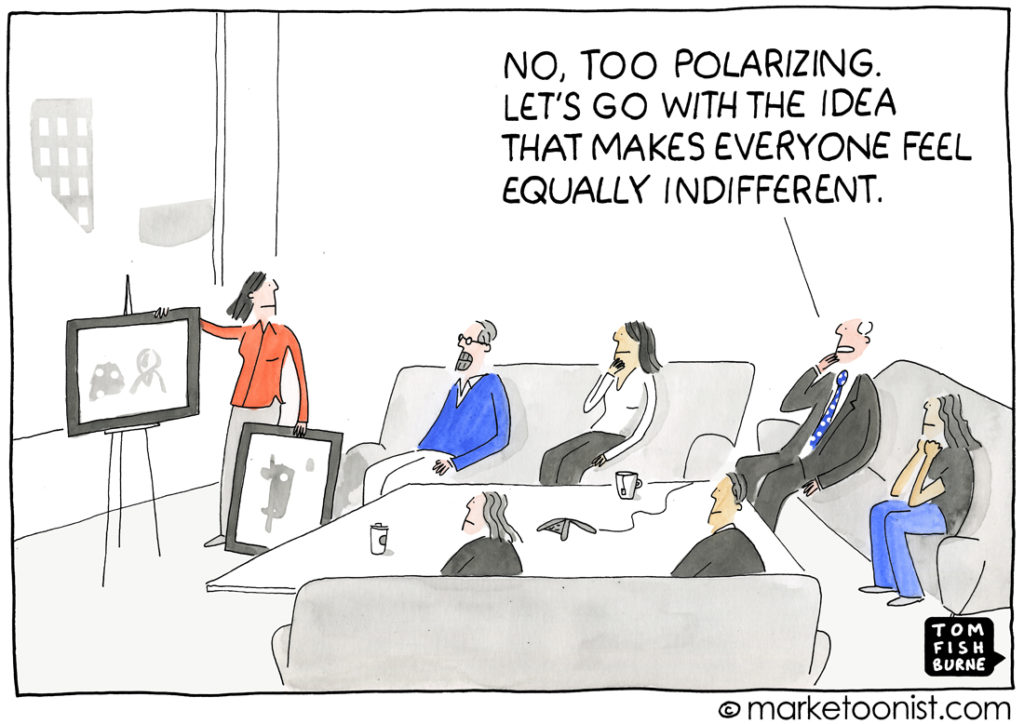A few weeks ago, I wrote an article exploring the effects of structuring a corporate innovation group as a decentralized autonomous organization. In that post, I outlined the problems that a DAO structure could help solve versus the traditional innovation structure, like the innovator’s dilemma, resource allocation, incentives, and more. In the weeks since, I’ve had a chance to discuss the article with a bunch of people, many of whom have different perspectives on this topic than I do.
In this article, I take the opposite position and outline the problems with using a DAO structure for corporate innovation purposes.
Corporate Innovation Is Already Too Decentralized
If you’ve ever worked in corporate innovation, you know that too often the problem is not that there is too much centralization. It’s the opposite. There are so many stakeholders already involved. For example, on a single project, you may have the innovation team, a business unit or brand, and functional stakeholders (IT, marketing, etc) all involved. With the mix of stakeholders, it usually isn’t clear who is responsible for deciding to proceed with a project. Decision-making in this context feels diluted – everyone has a little bit of decision-making power but not enough to actually make a unilateral decision and own the consequences, whether those are good or bad. As a result, there’s a lot of CYA (cover your a**) behavior where tacit support is given to projects but is quickly withdrawn if the results aren’t immediately positive. Conversely, when a project is going well, everyone wants to be involved so they can take credit for it.
Since corporations are organized as hierarchies, when there isn’t a clear decision-maker, big decisions in corporate innovation flow up to the highest ranked person in the room. This person often knows much less about the realities of the project than their front line employees but has ultimate decision-making authority due to their position in the hierarchy.
But while the actual decision-making power is centralized, it’s only because innovation projects are run in a fairly decentralized manner without clear decision authority. Would a DAO structure improve things? It is true that in a DAO, every token holder has a say in the outcome but in reality, DAOs have a voting problem with a very low voter participation rate. This means decisions are much more centralized than they initially would appear to be.
With that decentralized decision-making as the status quo, it would seem that adding additional decentralization into the mix could make the problem worse.
Startups Spinoffs Can Already Be Incentivized With Equity
Today, if a company wants to create an entity that isn’t beholden to corporate pressures, speed, or decision-making structures, they can spinoff a separate entity. This can already be done and doesn’t require a DAO to implement.
If a team has a reasonable number of stakeholders, it’s easy enough to incentivize them with equity. Equally important, the legal and financial ramifications of offering equity are pretty clear. This is a benefit for both the corporate parent and the individual stakeholders.
In almost all cases, the equity granted to stakeholders will vest over a period of time, incentivizing long-term commitment and value creation. A DAO with tradable tokens may incentivize the opposite – short-term value and jumping from project to project. Tokens can be locked for a period of time as well but that once again brings up the question: what does a DAO add in this situation?
Product Design By Committee Has A Terrible Track Record
One of the major features of DAOs is they allow everyone to have a seat at the table, provided they have skin in the game, in the form of tokens. This is touted as a beneficial feature of DAOs but we shouldn’t be so quick to accept that at face value. In some cases, sure it’s a good idea. But when creating something new – particularly a new product or service, it’s rare, if not impossible, to imagine a product built by a committee of stakeholders will be successful. A picture is literally worth a thousand words on this point so I’ll just leave this here.

Legal Dilemmas
There are tons of unanswered questions about the legal ramifications of DAOs, adding an extra layer of uncertainty to an already uncertain and tricky world of corporate innovation. Simple things like NDAs would be impossible to execute and enforce in a DAO structure, and are also the antithesis of the concept in the first place. How will corporate innovators reconcile their way of working with an open DAO structure?
Conclusion
While the objections raised here are all valid points that I truly do not know the answer to, I’m still very much in favor of running this experiment. Just like a startup, it’s important not to try to be too clever and overplan. I suspect most of these issues will be solved once this gets into the real world. For example, the legal uncertainty is not unique to corporate innovation DAOs and there are a lot of smart people working to solve it.
The main issue I’m not sure how to solve is the product design by committee problem. That said, corporate innovation already works like that to an extent. And there are plenty of DAOs (like MakerDAO) that have successfully built hugely impactful products within a DAO structure.
If you have thoughts on this topic, feel free to reach out to me using one of the methods listed here.